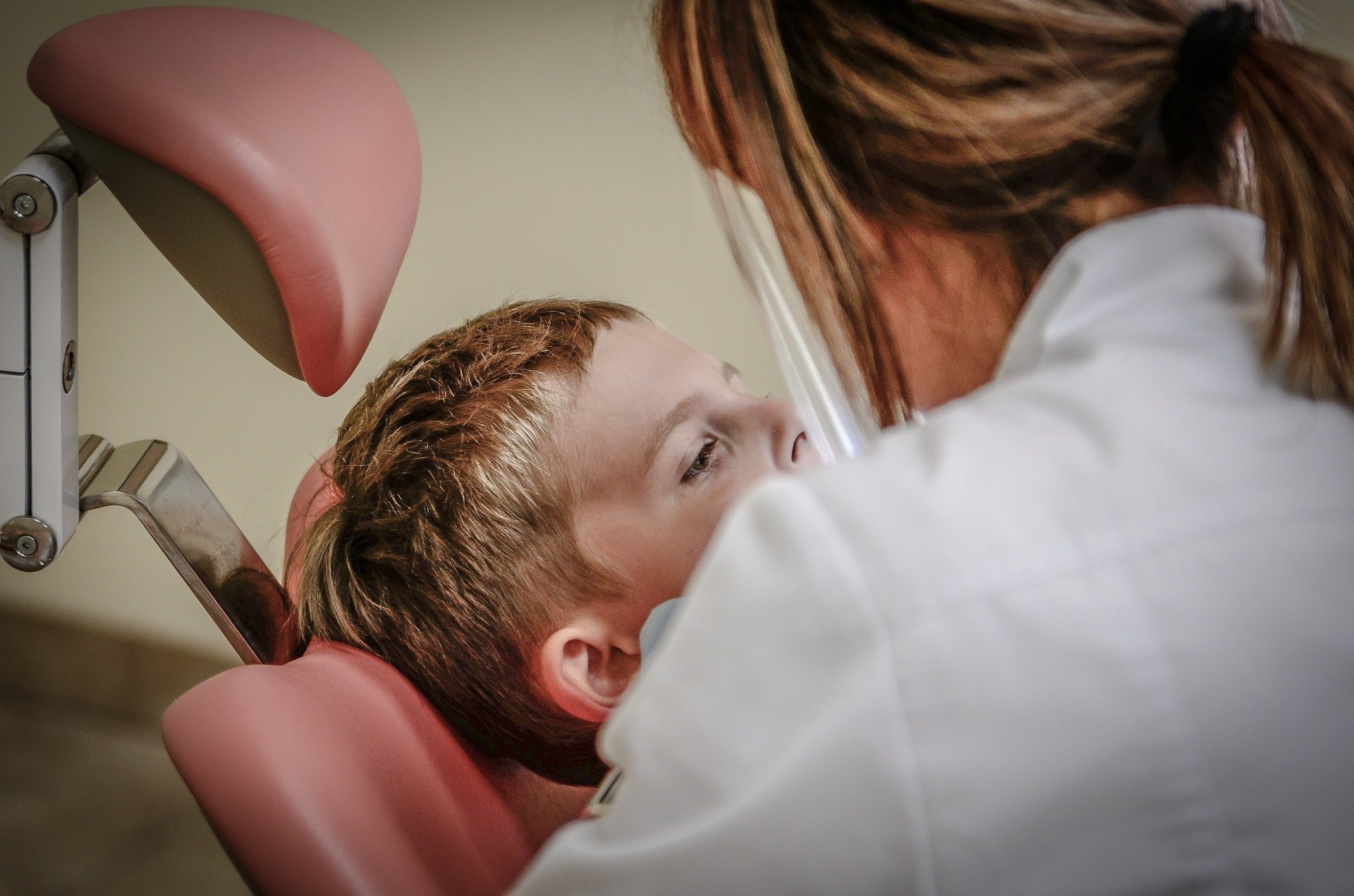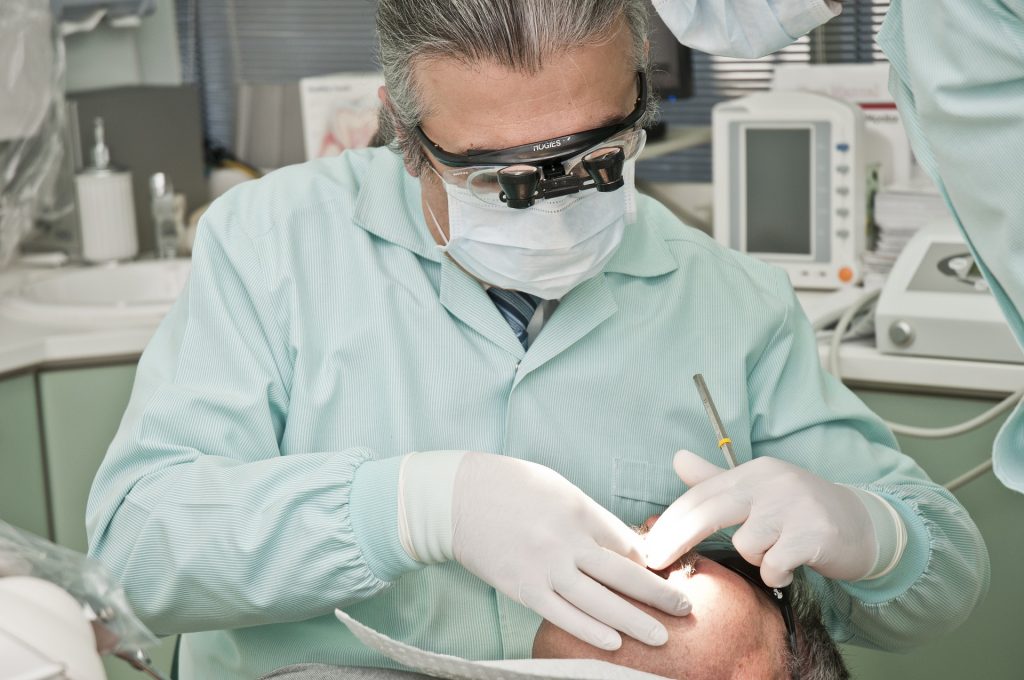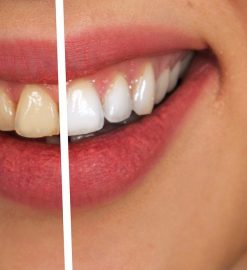What Is An Orthodontic Treatment?

We call orthodontic treatment all those processes of correction of the position of the teeth to improve the aesthetics, occlusion, and functionality of the same.
In principle, anyone with a healthy mouth can undergo orthodontic treatment. The degree of severity of the malpositions will determine its duration and cost, and the choice of one orthodontic system or another will be made according to the patient’s priorities.

At What Age Can Orthodontic Treatment Be Started?
Although from the age of 6 molars usually erupt and the orthodontist is already capable of evaluating the child’s mouth, the ideal age to start orthodontic treatment is around 7-8 years.
At this age, the child has already experienced enough bone growth for the dentist to detect abnormalities in the normal growth of the teeth or the position of the jawbones.
In the cases of children of growing age, an interceptive orthodontic treatment will be put. In this case, either thanks to the use of fixed or removable appliances, we can act directly on the child’s jawbones and guide the correct eruption of the teeth.
In this way, we can correct problems of facial asymmetries or abnormal positions of the maxillary bones that, if not treated at an early age, can only be treated through a combined treatment of orthodontics and orthognathic surgery at the hospital level.
How Do You Start Orthodontic Treatment?
All orthodontic treatment begins with a previous study. That is to say: diagnostic tests – intraoral and extraoral photos, radiographs, cephalometric and models – that allow each case to be analyzed and a specific treatment plan adjusted to the needs of each patient.
Orthodontic Problem
Crowding
Mounted teeth without space for correct alignment.
Openbite
The anterior teeth do not contact when closing the mouth. It is a problem that can be bone (associated with the growth of the jaws) and that can also be caused or aggravated by lack of space for the teeth and by habits of very long use of the pacifier, thumb sucking, and atypical swallowing.
Deep bite or overbite
The upper teeth over-cover the lower ones. Sometimes to such a severe degree that the lower incisors rest on the palatal mucosa.
Highlight
The overjet is a condition in which there is an excessive distance between the upper and lower incisors, with the upper incisors positioned far in front of the lower ones.
This situation usually accompanies certain so-called Class II malocclusions. It can be due to an incorrect position of the teeth, jaws, or a combination of both.
Congenital Absence of Teeth or Agenesis
Some people may have a congenital absence of one or more teeth. This is known as agenesis.
Generally, when there is agenesis, the rest of the teeth are in incorrect positions (malocclusions) and require orthodontic treatment.
Anterior or Inverted Crossbite
The reverse bite or anterior crossbite occurs when the upper teeth are behind the lower teeth. It is a problem that may be due to an incorrect incisor inclination but it is generally a skeletal problem: the upper jaw is small (Maxillary Hypoplasia), the lower jaw or mandible is large (Mandibular Hyperplasia or Prognathism) or there is a combination of both bone problems.
Posterior Crossbite
Posterior crossbite occurs when the posterosuperior teeth are positioned inside the lower ones. It is a common problem in those with a narrow or pointed palate (palatal compression).
This bite in children should be corrected as soon as possible, especially if it is unilateral and is accompanied by mandibular deviation, as it can lead to asymmetric growth of the face and overload problems in the teeth, in the facial muscles, and the temporomandibular joints.
Tooth Spacing
Some people have wide teeth (tooth spacing). These spaces can be due to various causes and are usually accompanied by an incorrect bite or malocclusion that can be corrected by orthodontic treatment.
The most frequent causes are anatomical and periodontal.
Anatomical causes are due to teeth being too small for the size of the dental arches, dental arches too large for the size of the teeth, or a combination of both.
Periodontal causes (gum disease) are common in adults. The teeth gradually separate because they lose part of their support (bone loss and inflammation of the gums and the ligament that surrounds the root).
It can also happen that there are habits that promote the appearance of these spaces: tongue thrust, macroglossia (large tongue), repeated nibbling of objects.

